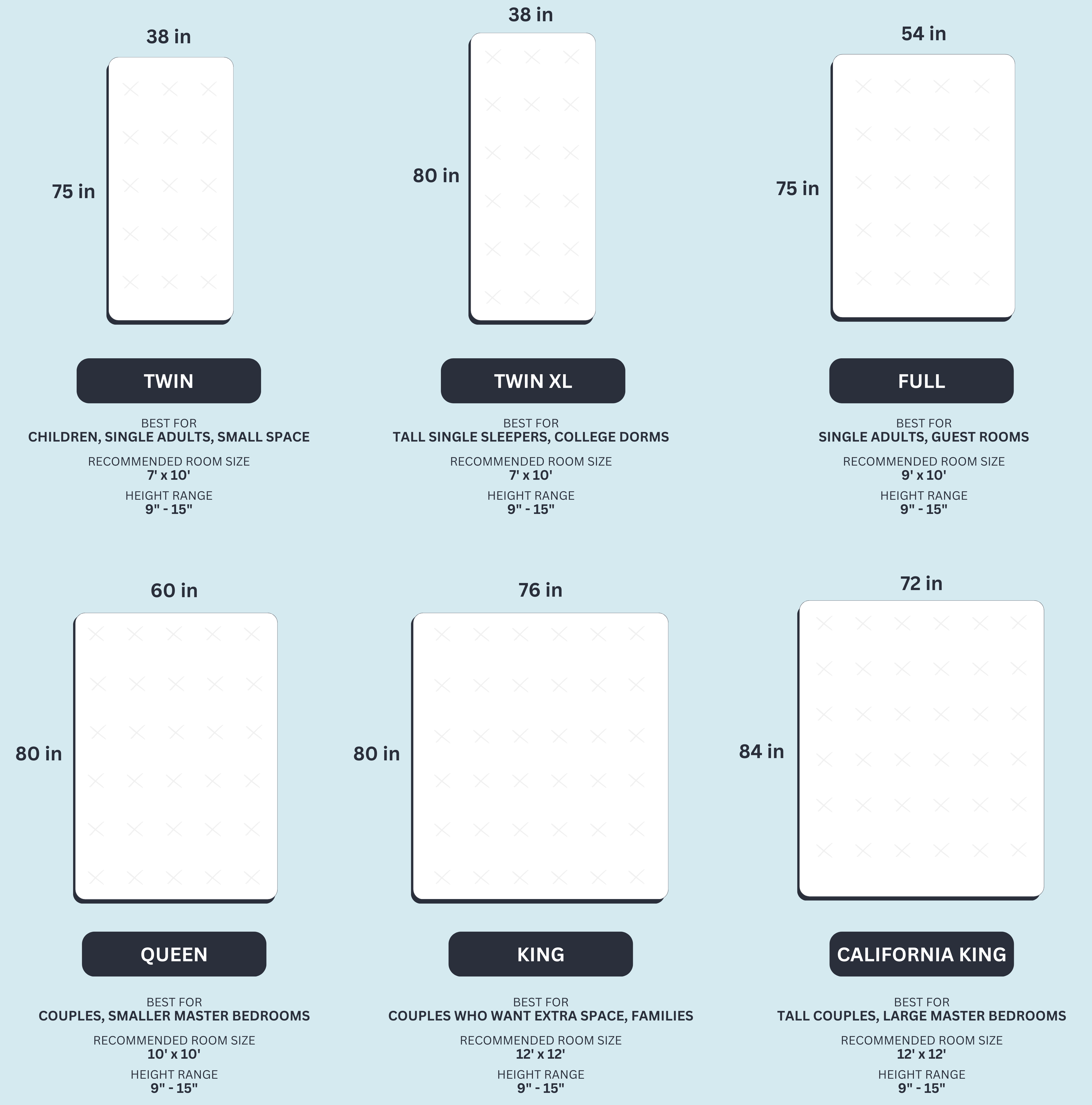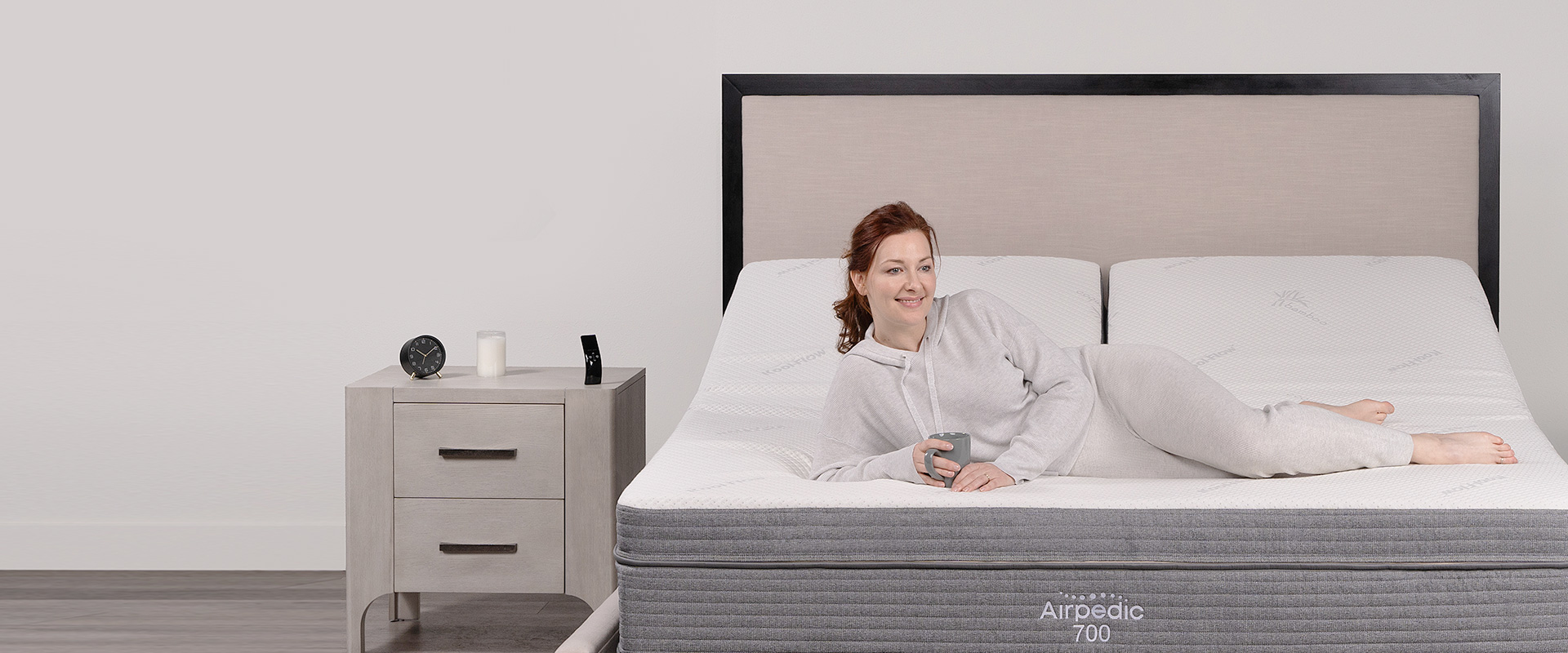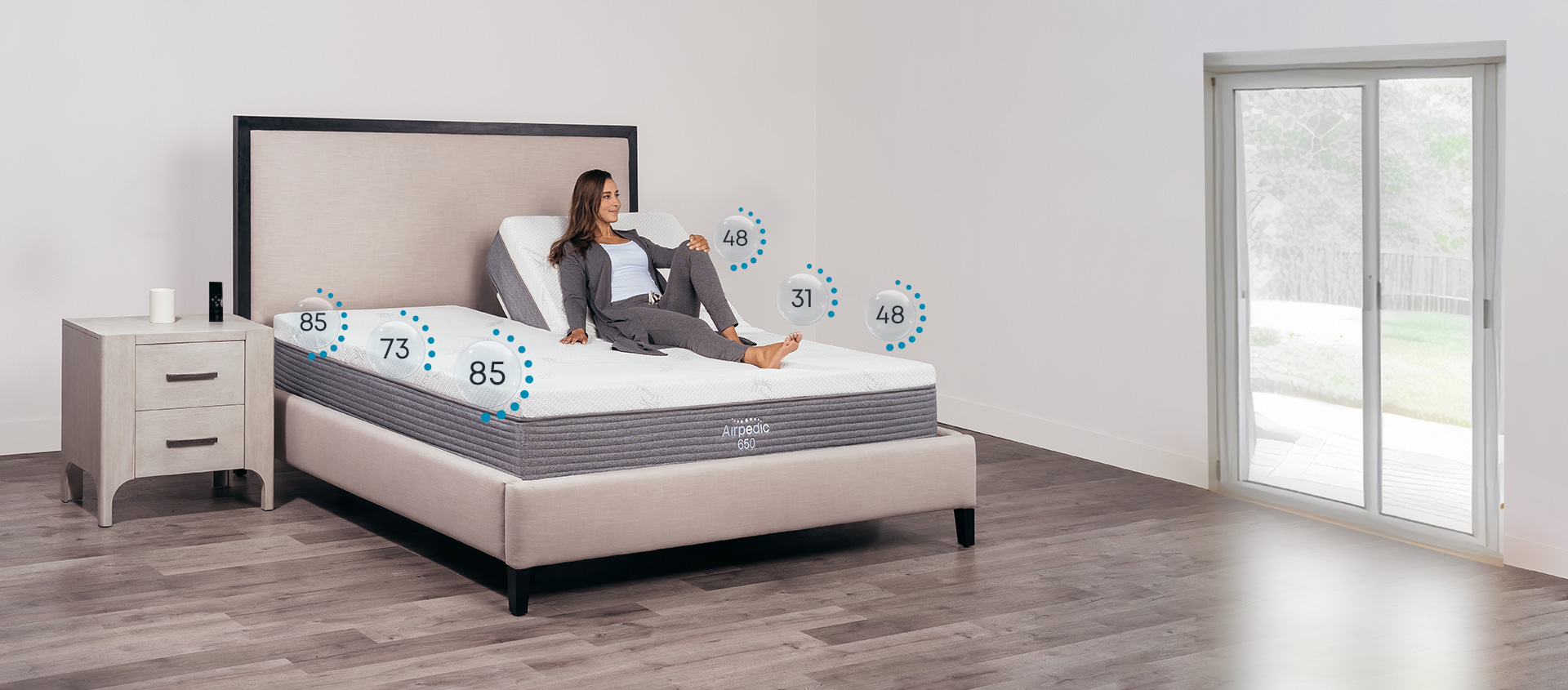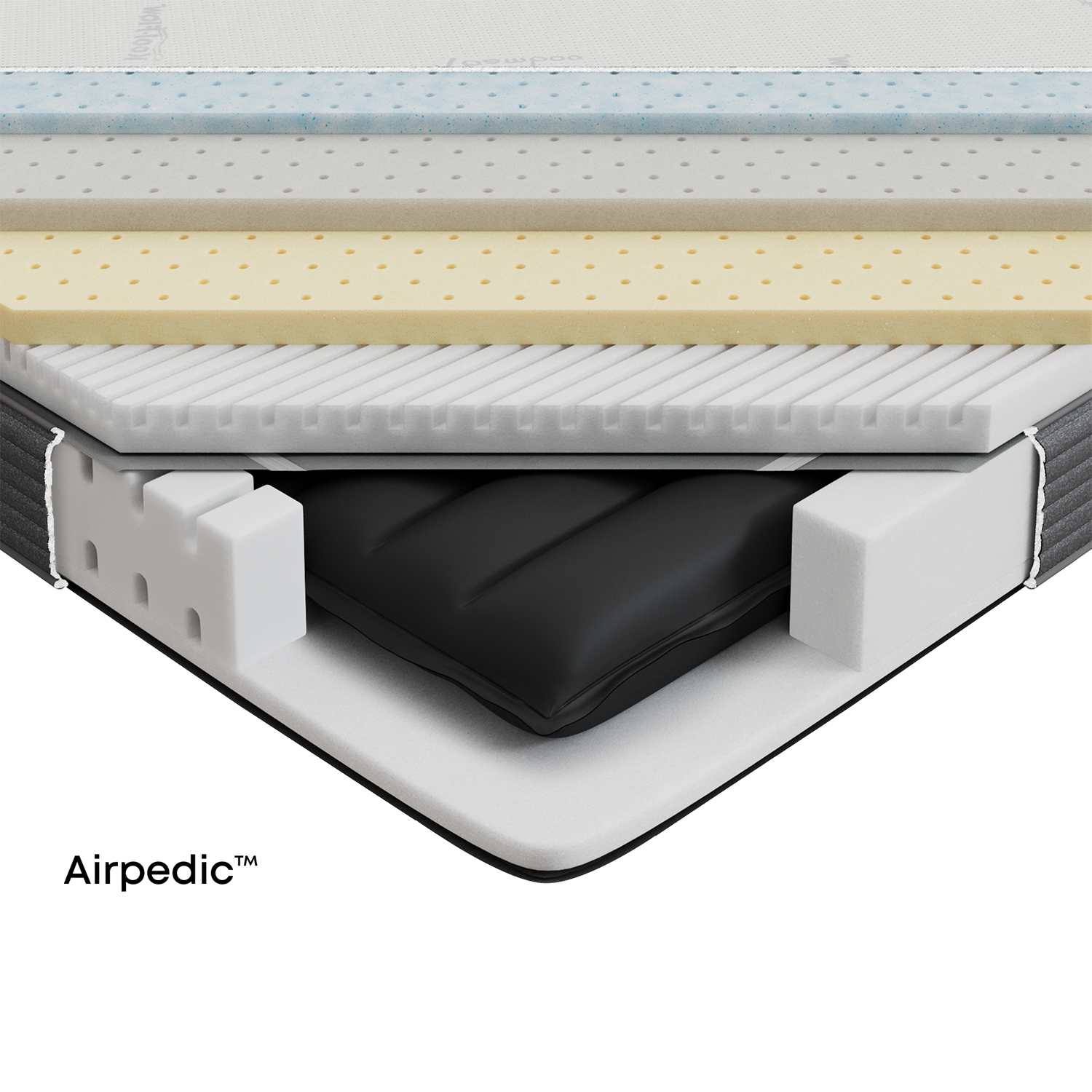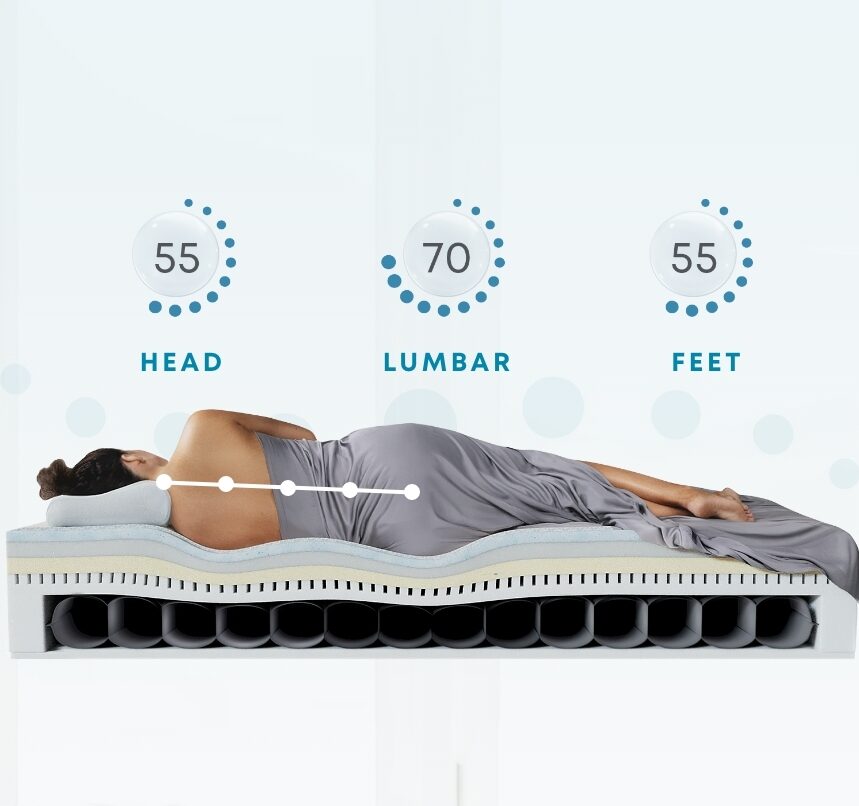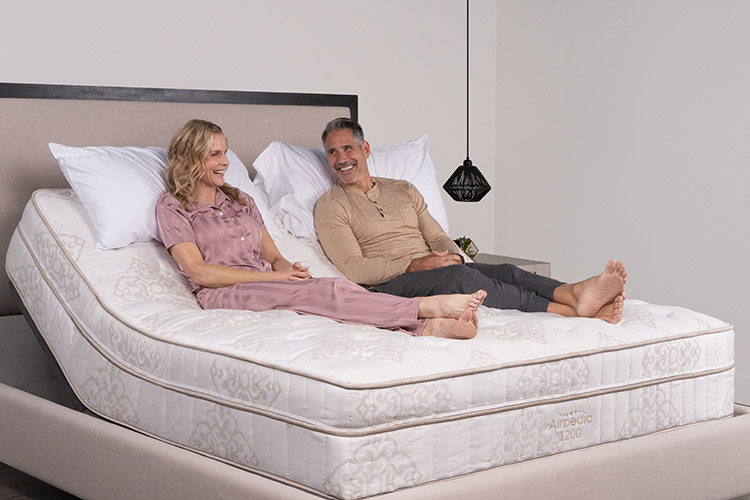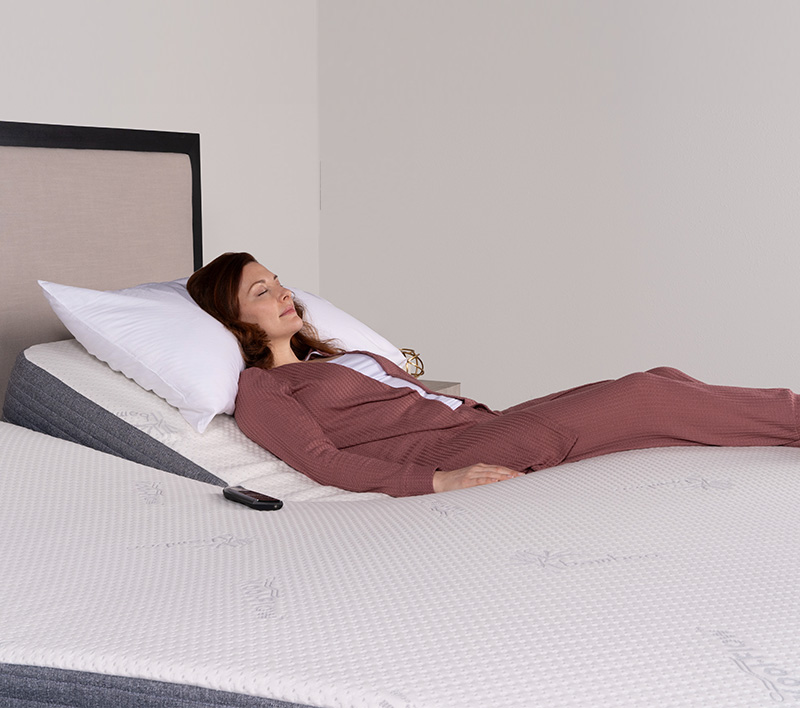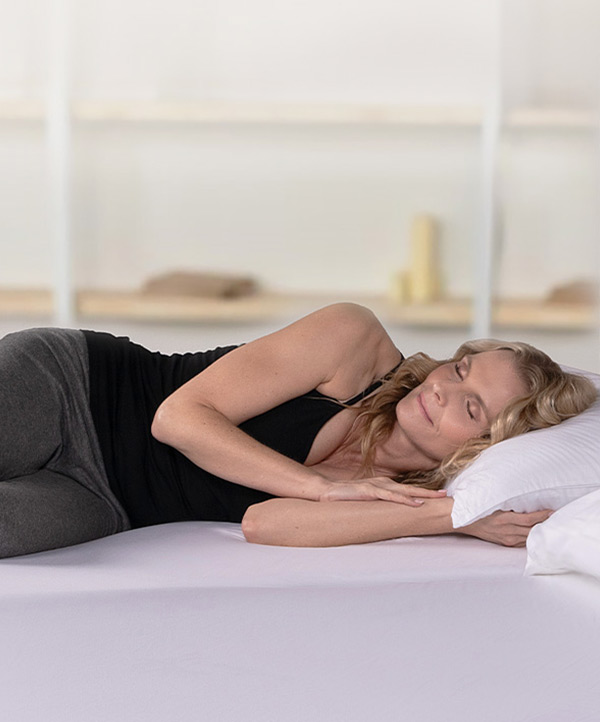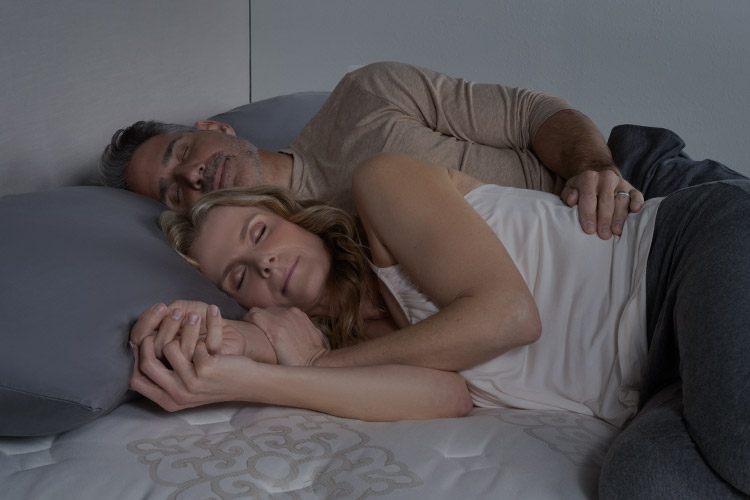King vs California King: What’s the Difference?
You know you want a King size mattress; of that much, you’re sure. But should you opt for a King or a California King? And how does your room size and layout come into play? You’re not alone if you’re unclear about the differences between King and California King beds and which is right for you! As a mattress industry leader with over two decades of history manufacturing customizable premium sleep solutions, AirPedicTM has helped thousands of customers make this choice. And we can do the same for you.
After all, there is more to consider than just dimensions when comparing a King size mattress to a California King mattress. In this article, we will guide you to your perfect fit by providing:
- Detailed specifications of both King and California King mattresses
- Pros and cons of each size, backed by customer experiences
- How to choose based on your specific needs and larger bedroom layout
- Expert tips for maximizing your sleep space
- Essential considerations for accessories and bedding
- Real solutions for common sizing challenges
The Ideal Room for a King Bed
First off, let’s consider your bedroom. Be sure it’s as roomy and spacious as you think it is! Whether traditional or a California King size mattress, King beds work best in rooms with a minimum of 12’ in length and width. Before you check off that box after measuring, factor in the placement of any windows and doors and how they will affect the remaining extra space and allowable bed placement.
Your King size bed placement should account for these potential obstacles as well as traffic patterns and furniture accessibility. Where you place your King bed should:
- Allow at least 2 feet of walking space on each side
- Leave 2-3 feet at the foot of the bed for easy movement
- Account for door swing paths and dresser drawer access
- Consider window placement and natural light flow
- Plan for additional furniture like nightstands and dressers
And just because you have the space in your master bedroom for a King size mattress, keep in mind that King and California King beds can overwhelm the aesthetics of smaller master bedrooms. They also come with a higher cost for bedding than smaller mattresses, and it can be more difficult to make the bed due to its size or available space around it. Be sure to decide upfront whether these minor drawbacks are acceptable to you and worth the extra space, luxury, and comfort provided by a King or California King mattress.
Now that you’re comfortable with the space needs and special considerations of a King or California King bed let’s work on getting you comfortable with the right one for you!
What is a King Size Bed?
A King bed, also known as an Eastern King or traditional King mattress, has long represented the pinnacle of sleep space luxury. At 76 inches wide by 80 inches long, it is the widest standard mattress size available in the marketplace, offering an impressive 6,080 square inches of sleep surface. This expansive width provides each sleeper with roughly 38 inches of personal sleep space – equivalent to a Twin XL mattress per person.
The popularity of King beds has grown significantly in recent years, particularly as the size of primary bedrooms has increased. Contemporary home designs often include spacious master bedroom suites specifically planned to accommodate these large beds as the focal point while also allowing for accompanying furniture and ample walking space.
Ideal Uses for King Beds
- Couples who prefer maximum personal space
- Families or taller sleepers who co-sleep with children or pets
- Partners with different sleep schedules or movement patterns
- Individuals who enjoy ample space to spread out while sleeping
- Rooms with television viewing considerations
Pros and Cons of a King Bed
As you can already tell, there are many advantages to sleeping on a King or California King size mattress, but a few drawbacks to consider as well:
Advantages
- Maximum width (76 inches) provides unparalleled sleep space between individuals
- Widely available bedding options in numerous styles and materials
- Perfect fit for standard bed supports and adjustable bases
- Ideal for couples with different sleep temperatures
- Easy to find split king mattress options for customized firmness
- Compatible with most standard bedroom furniture sets
Disadvantages
- Requires significant bedroom space (minimum 12′ x 12′)
- Challenging to move through narrow hallways or stairs
- Might require additional support for proper frame stability
- Can be heavy and difficult to rotate or flip
What is a California King Bed?
The California King, often called a Cal King or Western King, emerged from the West Coast’s luxury furniture market in the 1960s. Originally designed for Hollywood celebrities and custom-built mansions, the California King measures 72 inches wide by 84 inches long and offers 6,048 square inches of total sleep surface. This extra length-oriented design caters specifically to taller individuals while maintaining generous width.
The Cal King’s extra four inches in length can make a significant difference for tall sleepers who have spent years dealing with feet hanging off the end of standard mattresses. Although its popularity varies by region, with a more substantial presence in western states, it has become a practical solution for tall sleepers nationwide, gaining traction across the country as average height continues to increase.
Ideal Uses for California King Beds
- Taller Sleepers over 6’2″
- Narrower but longer bedroom layouts
- Couples who prefer extra foot space
- Rooms with unique architectural features
- Bedrooms with vaulted ceilings
- Contemporary design aesthetics
Pros and Cons of California King Bed
Again, there is a lot to love about the sleep experience provided by the Cal King mattress, and there are only a few negatives to bear in mind.
Advantages
- Extra 4 inches of length for tall sleepers
- Fits better in rectangular rooms
- Provides dedicated space for pets at the foot of the bed
- Excellent for adjustable bases with leg elevation
- Creates an elegant, elongated room appearance
- Better proportion for rooms with high ceilings
- Ideal for couples where one partner is significantly taller
Disadvantages
- Less overall width than standard King
- Limited availability of split options
- Generally higher price point
- Fewer bedding options are available
- More challenging to find appropriate bed frames
- May require special order accessories
King vs. California King: Detailed Comparison
The main difference between a King and California King bed is that a standard King offers maximum width while a Cal King provides maximum length. The handy table below summarizes these dimensional differences and the key features distinguishing King and California King mattresses.
| Feature | King | California King |
| Width | 76 inches | 72 inches |
| Length | 80 inches | 84 inches |
| Total Area | 6,080 sq. inches | 6,048 sq. inches |
| Minimum Room Size | 12′ x 12′ | 12′ x 12′ |
| Best For | Couples, co-sleeping | Tall individuals |
| Accessory Availability | Extensive | More limited |
| Typical Price Range | Standard | Premium |
| Split Options | Widely available | Limited |
| Sheet Pocket Depth | Standard | Often deeper |
| Moving Difficulty | Challenging | Challenging |
King of California King: Other Factors to Consider
In addition to the features listed above, other more practical considerations come into play when choosing between a King and a Cal King mattress.
Personal Height Considerations
For taller people, especially those over 6′ 2″, a California King offers optimal comfort and foot room, while a Standard King provides extra width perfect for those under 6’ 2”. A person’s – or a family’s – overall size should also factor in, as should partner height differences.
Room Dimensions and Layout
While a standard King maximizes space usage in wide rooms, a California King can create better flow in long, narrow rooms. Of course, be sure to also consider furniture arrangement, doors, windows, and walking space.
Sleep Habits and Preferences
While active sleepers can benefit from the width a King bed provides, more static sleepers can choose based on other factors. The sleeping space preferred by individuals in couples or required for co-sleeping is also critical, including differing temperature preferences.
Budget Considerations
Budget is a key factor when purchasing any mattress size. In addition to considering initial purchase price differences, consider long-term accessory costs, bedding replacement frequency, potential moving expenses, and the cost of updating furniture if needed.
Real-Life Circumstances
Take a look at your personal situation when considering buying a new King or California King bed, asking yourself these and other practical questions to help you decide:
- Do you have pets? King beds offer more width for furry friends who sleep horizontally
- Are you redecorating? Your choice affects everything from furniture placement to walkway space
- Planning to move? Consider doorway widths and stairwell turns in future homes
- Using an adjustable base? Both sizes work well, but King offers more split options
And what about longer-term considerations? Thinking beyond your immediate needs might impact your choice as well, so ask yourself:
- Will your family size change?
- Are you planning to move in the next few years?
- How have your sleeping preferences changed over time, if at all?
- Do you work from home or use your bedroom as an occasional office?
Practical Tips for King or California King Bed Sizes
Many factors will influence your choice between King and Cal King beds. Let’s recap a few pre-selection tips that will help regardless of which size you choose:
- Measure your bedroom doorways and hallways before purchase
- Plan your furniture layout on paper before buying
- Invest in quality bedding appropriate for your chosen size
- Plan for adequate storage space for extra bedding
- Remember that King size bedding and California King size bedding are not interchangeable
- Consider purchasing an adjustable base for maximum customizability
The Difference Between King and Cal King: Now You Know
Choosing between a King and a California King mattress requires carefully considering your needs, room dimensions, space usage, and sleep preferences. While both sizes offer generous sleeping space, the standard King provides maximum width for couples and families. At the same time, the California King excels in accommodating taller individuals and creating elegant room proportions.
Remember that your mattress choice affects your sleep quality and your bedroom’s functionality and aesthetics, so consider all factors – from room size to bedding availability – before deciding.
Ready to experience the suitable King bed sleep surface for you? Explore AirPedicTM’s premium adjustable firmness mattresses in luxury King and California King sizes:
Is There a “Best Mattress” for Scoliosis? How the Right Mattress Improves Sleep for People with Scoliosis
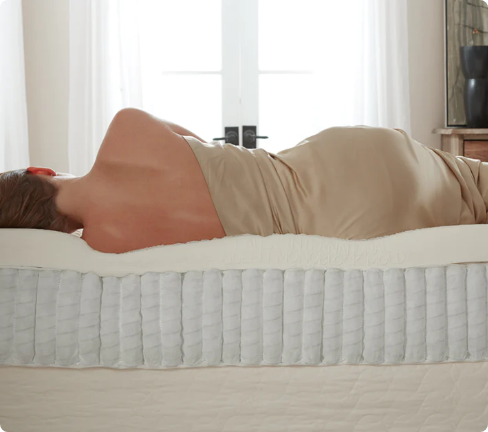
For those with scoliosis, finding the best mattress isn’t just about comfort; it’s about minimizing and alleviating pain—if not avoiding it altogether—to achieve higher-quality sleep and overall wellness. This guide delves into what scoliosis is, how it impacts sleep and the essential features those with scoliosis should look for in a mattress. We’ll also demonstrate […]
What is a Hybrid Mattress?

The Ultimate Guide to Choosing the Best Mattress for Sleep Apnea If you’re among the estimated 40 million people struggling with sleep apnea, finding the right mattress can significantly improve your sleep quality and overall health. This article covers the symptoms and health risks of sleep apnea, key mattress qualities for those with this condition, […]

